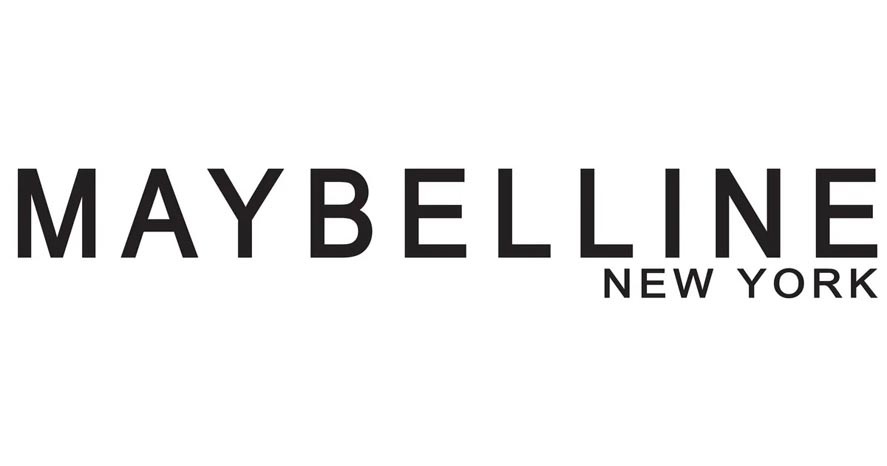Comparing the Samsung Galaxy Z Fold 6 with the Google Pixel Fold reveals insights into their respective advancements and market strategies. While the Galaxy Z Fold 6 is still a topic of speculation until its anticipated launch at Samsung’s upcoming Galaxy Unpacked event on July 10, it’s expected to build upon the success of its predecessors with incremental upgrades, particularly featuring the Snapdragon 8 Gen 3 chipset. This enhancement aims to boost computational photography and overall performance, positioning the Fold 6 as a formidable device in the foldable phone arena.
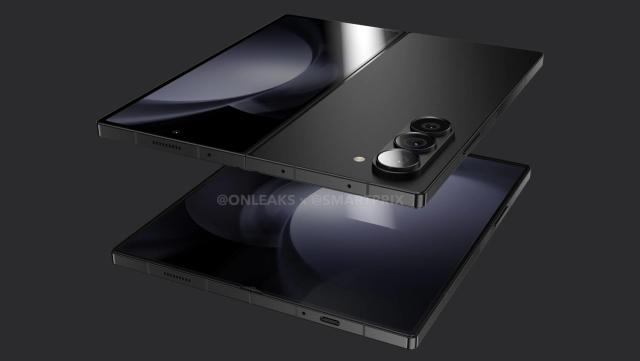
Conversely, the Google Pixel Fold focuses on leveraging AI capabilities rather than raw processing power, aligning with Google’s approach to enhancing user experience through software optimizations. This strategy is indicative of Google’s emphasis on refining Android for foldable form factors, potentially offering unique features and intuitive user interfaces tailored to foldable displays.
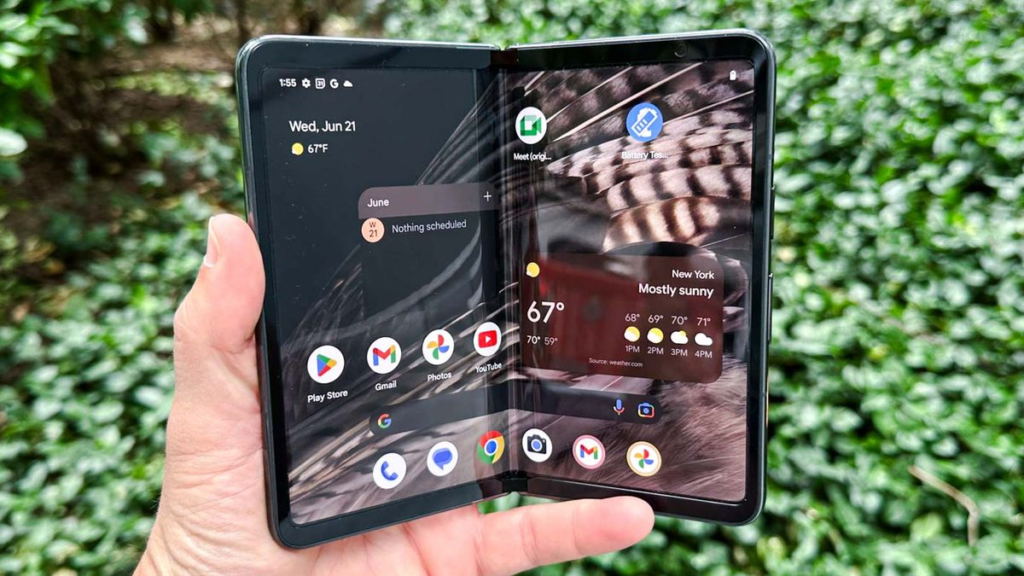
Both devices are anticipated to incorporate advanced AI functionalities, with Samsung’s Galaxy AI likely introducing innovative tools such as Generative Edit and Magic Editor. These features could empower users to manipulate photos and media directly on the expansive foldable screen, highlighting the Fold 6’s suitability for productivity and creative endeavors. The larger display area of the Fold 6 facilitates multitasking and immersive content consumption, further enhancing its appeal as a versatile tool for modern users.
Design-wise, the Galaxy Z Fold 6 maintains its iconic book-like form factor, seamlessly transitioning from a compact smartphone to a small tablet. This design continuity ensures familiarity for existing users while refining ergonomics and durability. In contrast, the Pixel Fold adopts a more compact notepad-like design, prioritizing portability and ease of use in its folded state. This distinction caters to users seeking different balances between functionality and convenience in a foldable device.
Both devices are expected to feature high-refresh-rate displays, likely at 120Hz, ensuring smooth interactions and vibrant visuals across applications. Camera systems on both the Galaxy Z Fold 6 and Pixel Fold are anticipated to be comprehensive, offering versatile shooting capabilities suitable for various scenarios. The integration of AI-driven enhancements could potentially give one device an edge over the other in terms of photography and video recording capabilities.
In terms of pricing, both the Galaxy Z Fold 6 and Pixel Fold are positioned as premium devices, reflecting their advanced features and innovative form factors. Regional pricing variations may occur, with Samsung traditionally offering competitive pricing in markets like the UK, potentially influencing consumer choices based on affordability and perceived value.
Choosing between the Galaxy Z Fold 6 and the Google Pixel Fold ultimately hinges on individual preferences for device design, software experience, and specific usage scenarios. Samsung’s commitment to refining the foldable experience through hardware advancements and integrated AI functionalities positions the Fold 6 as an appealing choice for users prioritizing productivity and creativity. Conversely, the Pixel Fold appeals to users seeking a streamlined Android experience tailored for foldable devices, with Google likely emphasizing intuitive software features and seamless integration with Google services.
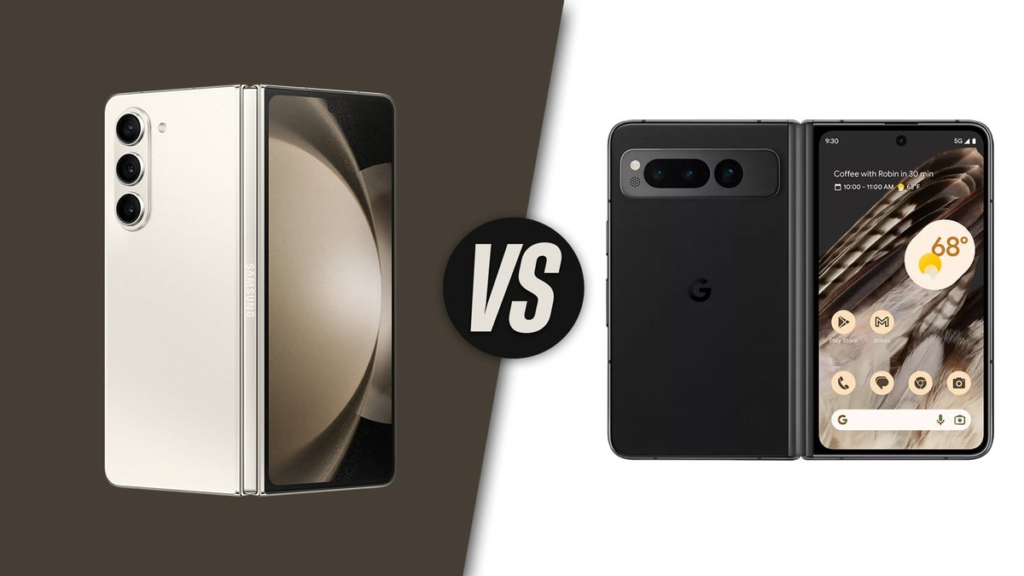
Prospective customers should anticipate that both smartphones will contribute to the continued innovation in foldable phone technology as the mobile technology landscape continues to change. More information regarding the Galaxy Z Fold 6, including its features, capabilities, and possible advantages over rivals like the Pixel Fold, will likely be revealed during the forthcoming Galaxy Unpacked event. Samsung and Google are well-positioned to accommodate a wide range of user requirements and preferences in the dynamic smartphone industry, as customer tastes and market forces continue to shape the future of foldable smartphones.
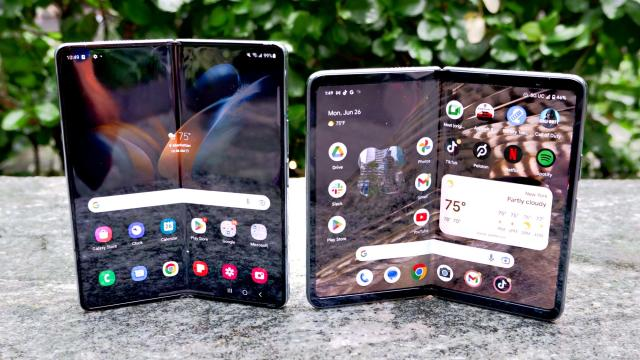
If you like the article please follow on THE UBJ.




































